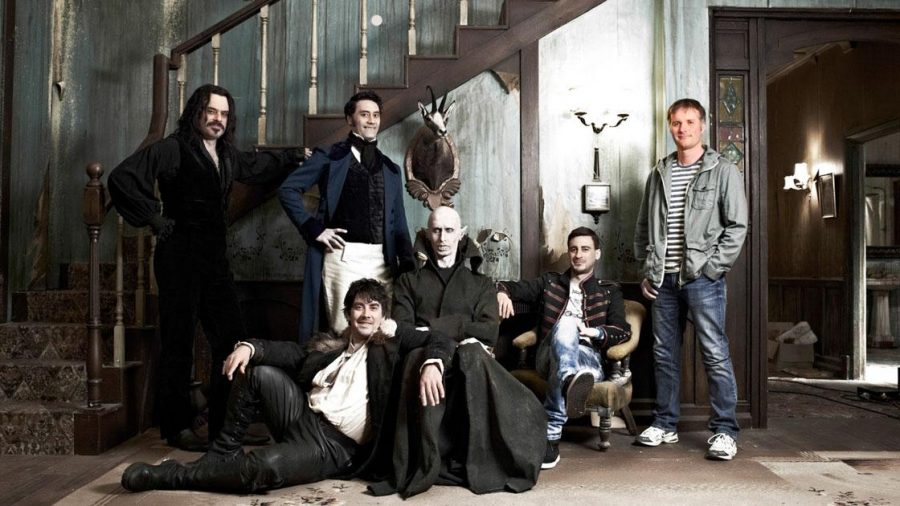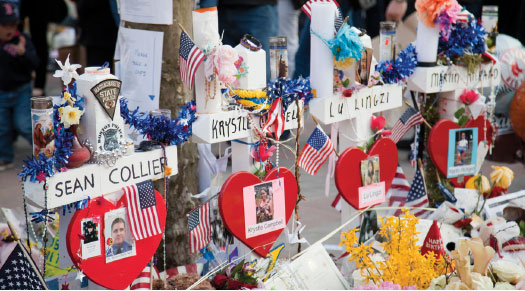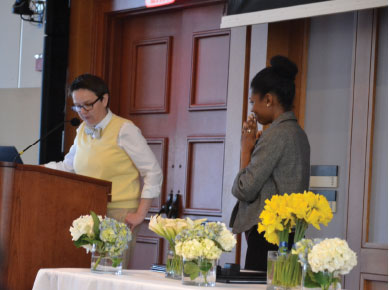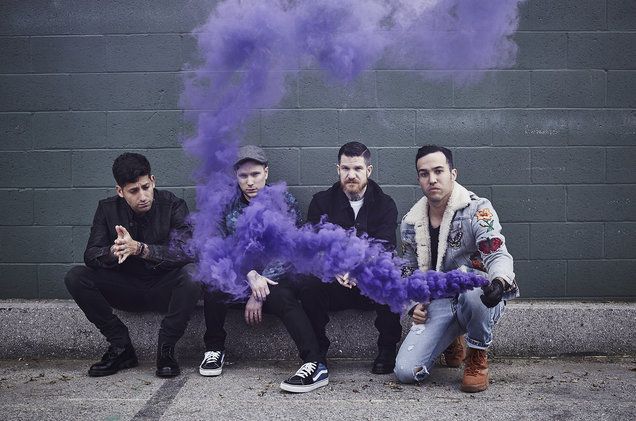By Hannah Flah, Chelsea Foster, Kara MacLean
Contributing Writers
Halloween is just around the corner and all around the U.S. people are preparing. Many will go all out and enjoy the festivities with scary decorations and fun costumes ideas. Grocery stores tempt shoppers with their excessive stocks of giant candy bags of all varieties. While we get excited for Oct. 31 in our American cultural ways, Mexicans prepare for a different celebration.
Just south of the border, many Mexicans will be getting organized for “La Dia de los Muertos,” “The Day of the Dead.” Unlike Halloween, the Day of the Dead occurs on Nov. 1 and 2, a two day event. La Dia de los Muertos is a centuries-old tradition started by Mexican ancestors.
This holiday is dedicated to celebrating the lives of past relatives. Traditionally, All Saints Day, Nov. 1, honors deceased children and infants, while All Souls’ Day on Nov. 2 honors deceased adults and elderly. These celebrations began just in Mexico; however festivities now are held all over the world, including in Europe and the U.S. Some places have larger celebrations than others, but the biggest and most authentic celebrations are in Mexico. These festivities vary in ways they are celebrated, as people may have altered the traditional holiday into what best fits their cultures and lifestyles.
Common things found in all of the celebrations are the plentiful display of Mexican foods and drink. In comparison to the big Mexican holiday Cinco de Mayo, which could be looked at as a giant party day, La Dia de Los Muertos is much quieter in a way to honor the deceased, but Mexicans believe it should not be a day of grieving, but a day of celebration.
Preparation for La Dia de los Muertos is significant for the Mexicans in the celebration of their deceased loved ones’ lives. The families create a public or private alter that is decked out with flowers, photos, foods, drinks, and candles. Often times a certain bread is cooked just to be placed on the alter in respect, called “Pan de Muerto” meaning, “Bread of the Dead.” The flowers are marigolds, which are known as the “flower of death.” These flowers are not only used for creating an alter for the loved ones, but are also fashioned into intricate arcs and designs.
One of the beliefs of those celebrating La Dia de los Muertos is that on this holiday the dead will return in order to celebrate with their relatives. In an effort to please their returning loved ones, the Mexicans and other celebrators will prepare their lost relatives favorite foods and display them on the alter.
La Dia de los Muertos is a beautiful celebration created in order to remember lost loved ones’, family and friends, to celebrate the time they had here on Earth, and to bring them back to visit what they left behind.
This time of year is an example of how worldly cultures celebrate their own traditions. Although these traditions can be vastly different, as long as we educate ourselves and keep open minds we can all share and learn from each other. With a little more knowledge of La Dia de los Muertos, we may be able to experience our own celebrations on Nov. 1 and 2 and honor our deceased relatives.










